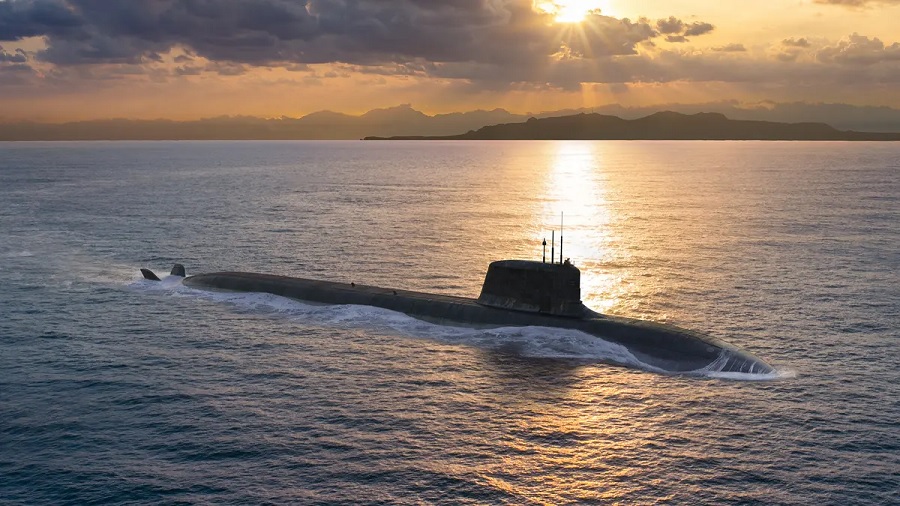Led by Italy, with Leonardo as the main industrial partner, ETLAT II includes nine participants from six European Union Member States. The project aims to enhance Thin Line Array technologies used for underwater surveillance and anti-submarine warfare, strengthening Europe’s maritime defence capabilities.
Thin Line Array systems are advanced underwater acoustic devices used for static and low-speed towed monitoring. ETLAT II builds upon the achievements of the initial ETLAT project (2015–2018), focusing on resolving technical challenges and improving system performance.
The project targets three key technical areas: vibration isolation, advanced numerical modelling, and experimental testing. These efforts aim to increase the stability, sensitivity, and operational reliability of Thin Line Array systems under varying maritime conditions.
Vibration isolation studies will focus on minimising disturbances caused by towing systems, improving sensor stability and acoustic sensitivity. Advanced numerical modelling will simulate hydrodynamic behaviour, flow noise, and acoustic performance across different operational scenarios.
Prototype systems will undergo rigorous experimental evaluation in controlled environments, including towing tanks and the Lake Nemi acoustic test range near Rome. Real-world testing will help validate numerical models and optimise system designs.
The consortium includes contributions from Germany, Finland, Italy, the Netherlands, Norway, and Sweden. Institutions such as the Bundeswehr Technical Centre (Germany), Finnish Naval Academy, and Swedish Defence Research Agency will collaborate to advance technical solutions.
EDA, established in 2004, plays a pivotal role in fostering defence collaboration across Europe. “By facilitating cooperative initiatives such as ETLAT II, EDA reinforces Europe’s technological edge and maritime security readiness,” the agency emphasised.
By integrating advanced simulations with experimental testing, ETLAT II aims to raise the Technology Readiness Level (TRL) of Thin Line Array systems. The project will ensure these technologies are ready for reliable deployment in demanding maritime defence operations.



















![Boosting defence industry makes NATO stronger and our people safer [VIDEO]](https://defence-industry.eu/wp-content/uploads/2023/12/France-replaces-artillery-donated-to-Ukraine-with-New-CAESAR-howitzers.jpg)








